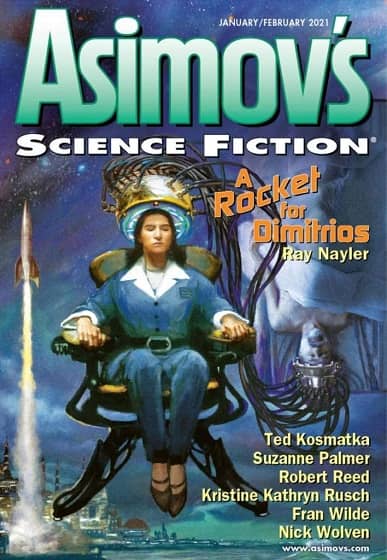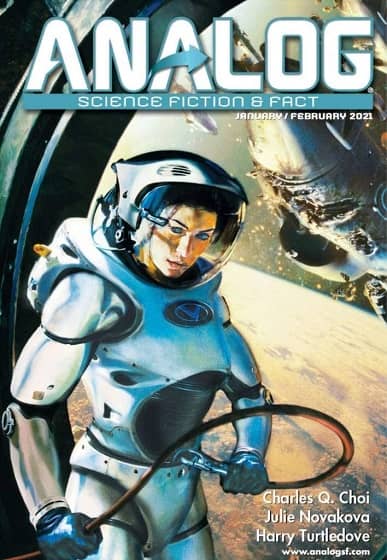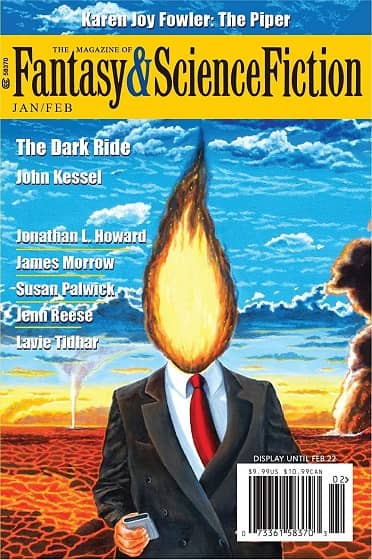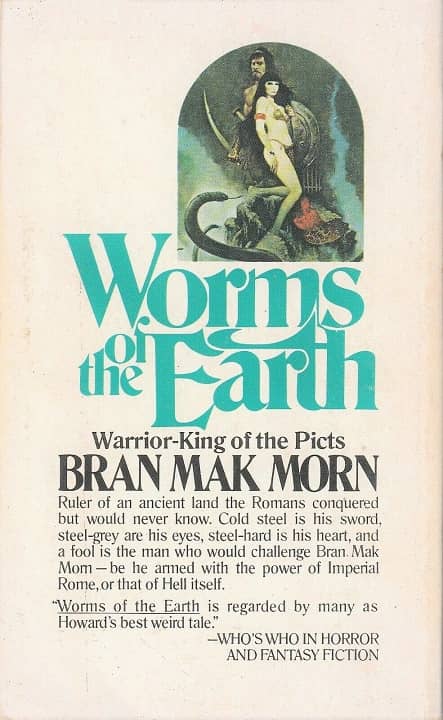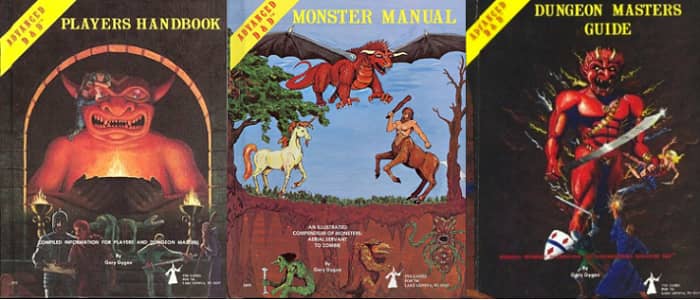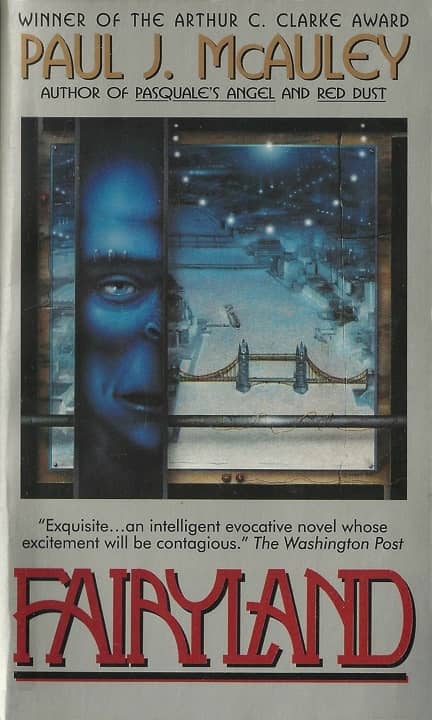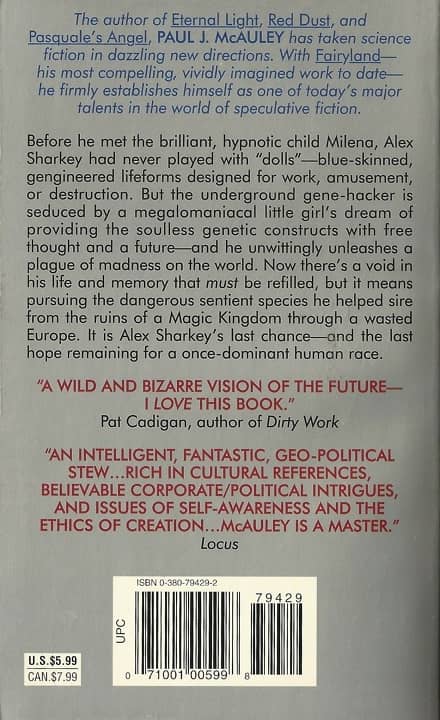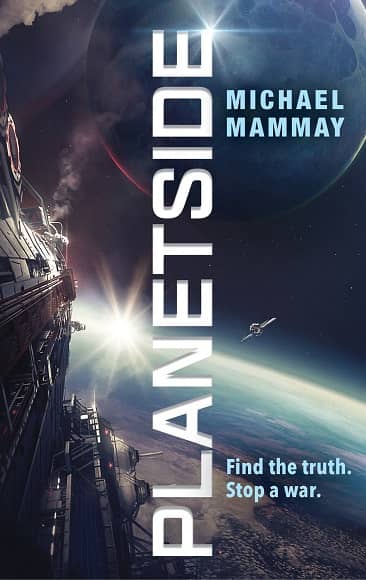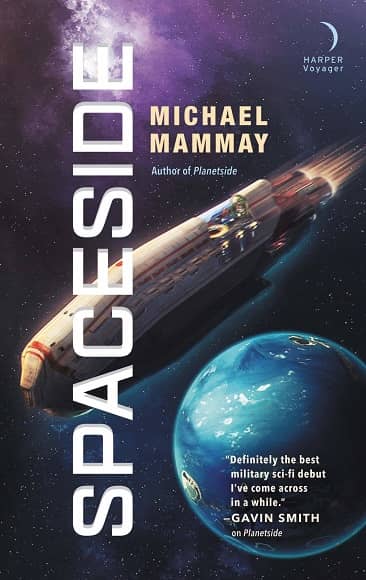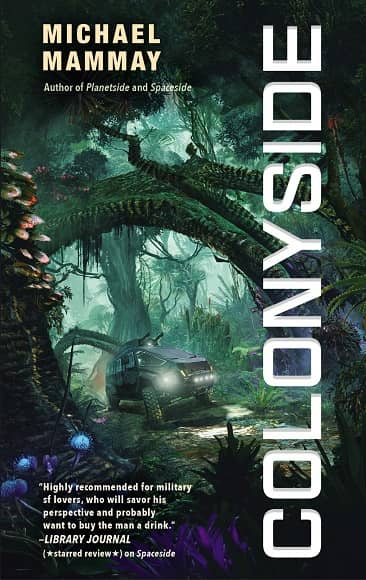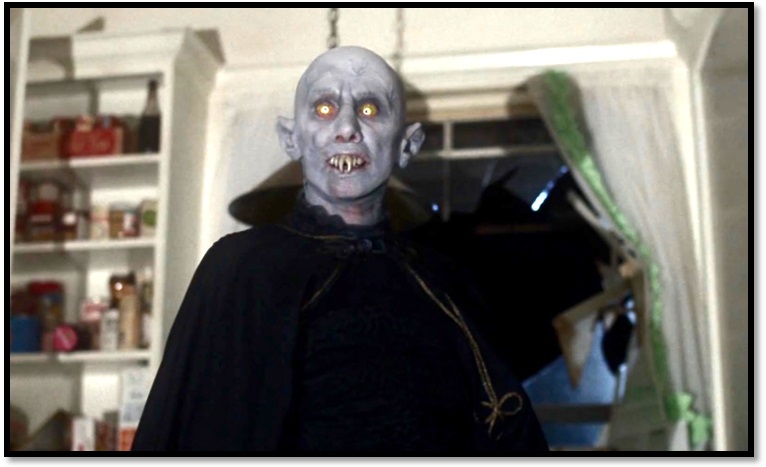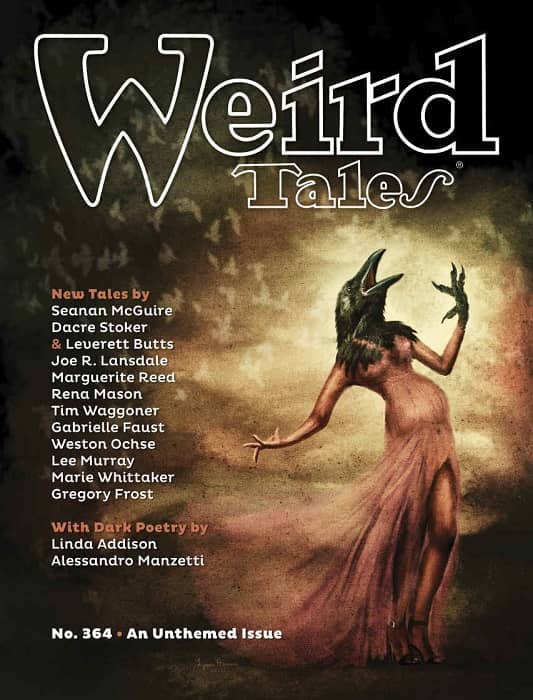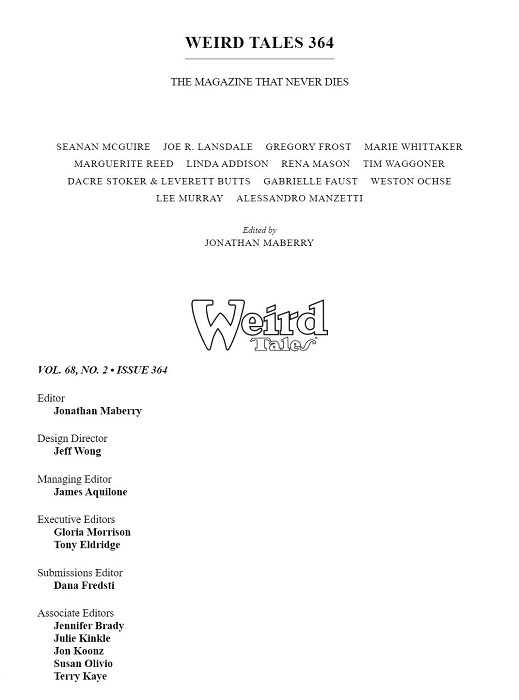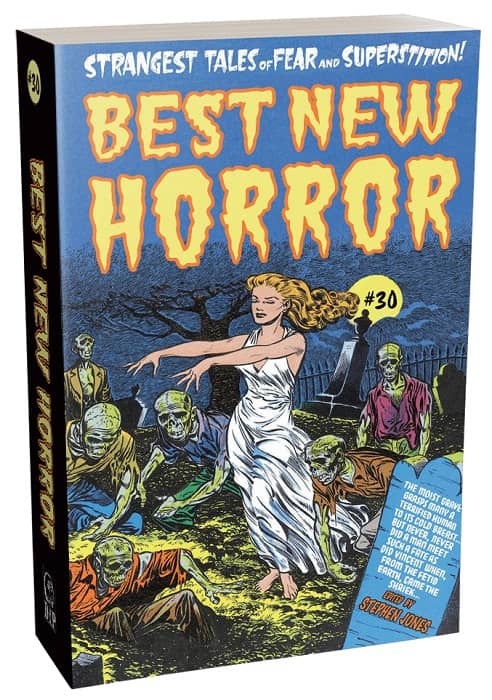Nero Wolfe’s Brownstone: 2020 Stay at Home – Days 14 and 15
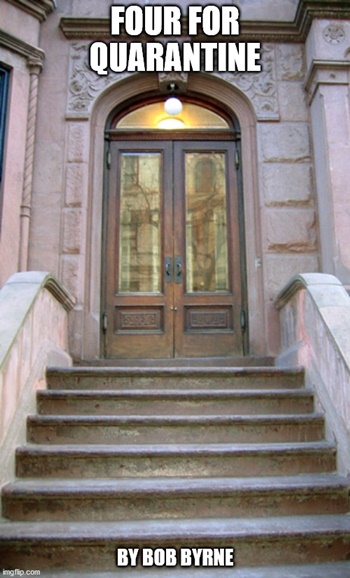 So, last year, as the Pandemic settled in like an unwanted relative who just came for a week and is still tying up the bathroom, I did a series of posts for the FB Page of the Nero Wolfe fan club, The Wolfe Pack. I speculated on what Stay at Home would be like for Archie, living in the Brownstone with Nero Wolfe, Fritz Brenner, and Theodore Hortsmann. I have already reposted days one through thirteen. Here are days fourteen (April 4) and fifteen (April 5). It helps if you read the series in order, so I’ve included links to the earlier entries. I enjoy channeling Archie more than any other writing which I do.
So, last year, as the Pandemic settled in like an unwanted relative who just came for a week and is still tying up the bathroom, I did a series of posts for the FB Page of the Nero Wolfe fan club, The Wolfe Pack. I speculated on what Stay at Home would be like for Archie, living in the Brownstone with Nero Wolfe, Fritz Brenner, and Theodore Hortsmann. I have already reposted days one through thirteen. Here are days fourteen (April 4) and fifteen (April 5). It helps if you read the series in order, so I’ve included links to the earlier entries. I enjoy channeling Archie more than any other writing which I do.
DAY FOURTEEN – 2020 Stay at Home (SaH)
Okay – it’s been two weeks and things are starting to get a little…close, around here. I’m the only one of us who spent a lot of time away from the brownstone, so I’m feeling the strain the most. Of course, I’m the one who goes out for ‘essential’ errands, like taking Wolfe’s laundry to the cleaners. And I try to take a walk at least every other day. Fresh air, stretching my legs, and seeing other human beings – properly social distanced – has been the best medicine.
Fritz hasn’t needed help with the food provisions yet, though I’ve offered. And I have enjoyed watching Bogart movies with him. Last night we saw To Have and Have Not. He liked the suspense and the adventure, and I’d say that he was rather smitten with Lauren Bacall. I admired her spunk when she poked fun at Dolores Moran’s flirting with Bogie. Reminded me of a certain blonde I know. I told him the story that the movie came out of a bet. Ernest Hemingway bet Howard Hawks that the director couldn’t make a good movie out of his worst novel. So Hawks changed a few things around, cast Bogart, and made that film. For my money, Hawks won the bet hands down.
Tonight, I think we’ll watch They Drive by Night. I have a sneaking suspicion Fritz will be hooked by Ida Lupino’s courtroom scene.
